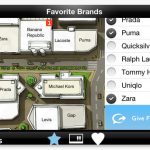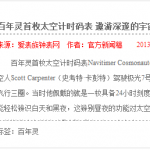Luxury Brands:Top Tips For Creating a Social Media Strategy In China – Part 1
Opportunities abound for western luxury brands seeking to establish themselves in the Chinese market. Those who’ve made the transition successfully will have learned that the key to carving out a niche in the Chinese luxury market isn’t achieved by simply adopting a ‘one size fits all’ marketing approach.
In the case of a market as complex as China, digital marketing strategies need to be informed by local cultural and consumer insights. In this first part (part 2 published tomorrow) of an in-depth look at social media marketing in China, Arnold Ma, Digital Marketing Director at specialist Anglo-Chinese digital marketing agency Qumin, takes TFOL through the essentials of creating a social media strategy targeted to Chinese consumers.
1.Tap Into The Enthusiasm For Social Media
It’s almost as though social media was created for the wealthy in China. Chinese people are very expressive and like to learn and share knowledge, seek and act upon peer recommendation. These cultural traits may go some way to accounting for the fact that China’s social media users are more active than those of any other country. Significantly, this appetite for social engagement means that more than 80% of all social media users hold multiple accounts across a range of social channels.
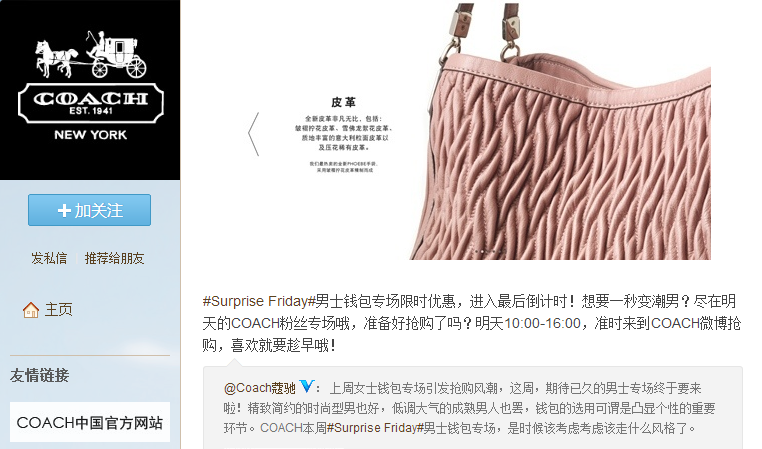
As a result of this appetite, frequency of use of social media by all HNWI age groups is high with luxury products the most popular subject for discussion. A recent study revealed Chinese consumers are highly engaged in conversations about luxury brands via online forums with 70% of potential consumers searching for luxury brands on the internet at least once a month.
This backdrop paints a very attractive picture for luxury brand owners and retailers, however to take full advantage of the opportunities China offers, cultural and behavioural insights must be incorporated into your strategy.
2. Understand Changing Cultural Attitudes
Our understanding of, and familiarity with, Chinese culture has increased dramatically in recent years. Where once ideas of uniformity and conformity abounded complete with images of cyclists wearing Chairman Mao-style jackets, today’s China is radically different. A snapshot of Chinese life now is just as likely to feature groups of young people, usually female, in luxury shopping environments loaded with branded shopping bags from Armani, Louis Vuitton and Hermès.
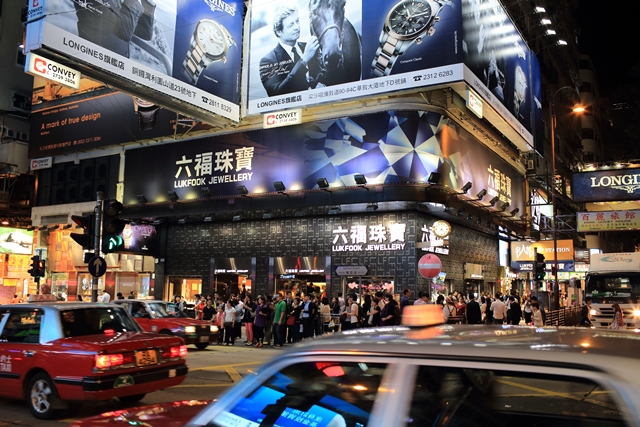
Past stereotypes encouraged the view that many Chinese people dress, behave and buy similarly with the same desires and buying triggers. Yet the desires of different groups of HNWI are in fact very different. Segmentation is a fundamental principal of social media marketing in China.
3. Ensure Luxury Brand Strategies Are Culturally Informed
The significance of understanding the nuances of such a complex demographic shouldn’t be underestimated.
Perhaps surprisingly, highly branded Louis Vuitton bags now have little appeal among HNWI entrepreneurs living in Tier 1 and 2 cities such as Shanghai, Beijing and Guangzhou. The brand, famous for its heavy use of its logo, experienced poor profits which many attributed to the fact that their branding had become too ubiquitous. Consequently, Vuitton went on to use this insight to produce a range of bags for Tier 1 cities free from all branding. The Alma handbag was promoted with an equally logo-free ad campaign.
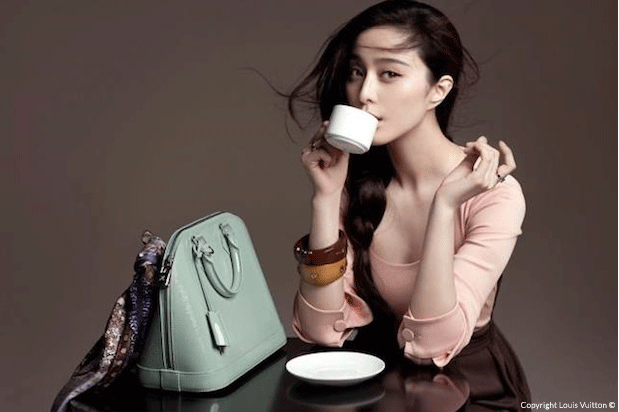
Ubiquity is not the only challenge however. The recent backlash and ban on luxury advertisements as part of a government crack down on ‘extravagance and waste’ has meant that HNWIs in the Tier 1 cities of Shanghai, Beijing and Guaungzhou in particular do not wish to, or cannot in the case of senior government officials, be seen to display overtly branded premium brands. However, as the ban focuses on TV and radio advertisements this has the effect of increasing the importance and influence of social media for luxury brands.
Yet another factor to consider in this move towards more discrete branding is the high number of branded fake goods. Despite this however, consumers remain dedicated to buying luxury products.
The ‘nouveau riche’ who live in Tier 3 cities and above e.g Jilin, Tangshan who may look very similar in terms of lifestyle and income (to those in Tier 1 and 2 cities), are still attracted to overt branding. Louis Vuitton and others continue to benefit from the upfront branding required of product ranges in these cities.
Tomorrow, in Part 2 of ‘Luxury Brands: Top Tips For Creating a Social Media Strategy In China’ we’ll look at how to choose the right social platform as well as the importance of harnessing key opinion leaders.










